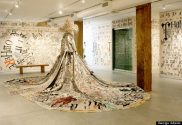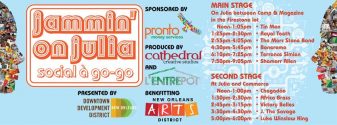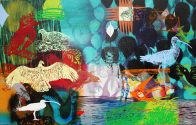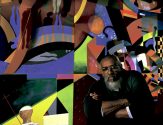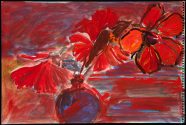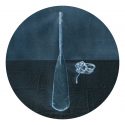“‘Southern Abstraction’ is a compelling view of a provocative art form,” Mobile Press Register
Allison Stewart is well known to Mobile art lovers, having shown her work at the Eichold Gallery and Space 301, among other venues. She recently completed work for a large one-person exhibit at Southeastern University of Louisiana in Hammond. The exhibit will be on view during June at the Contemporary Art Gallery on the university campus.“In addition to paintings on canvas, I will have two installations of drawings and large paintings on drafting film,” she says. “I’ve been experimenting with new materials and approaches and am looking forward to seeing the work installed.”

